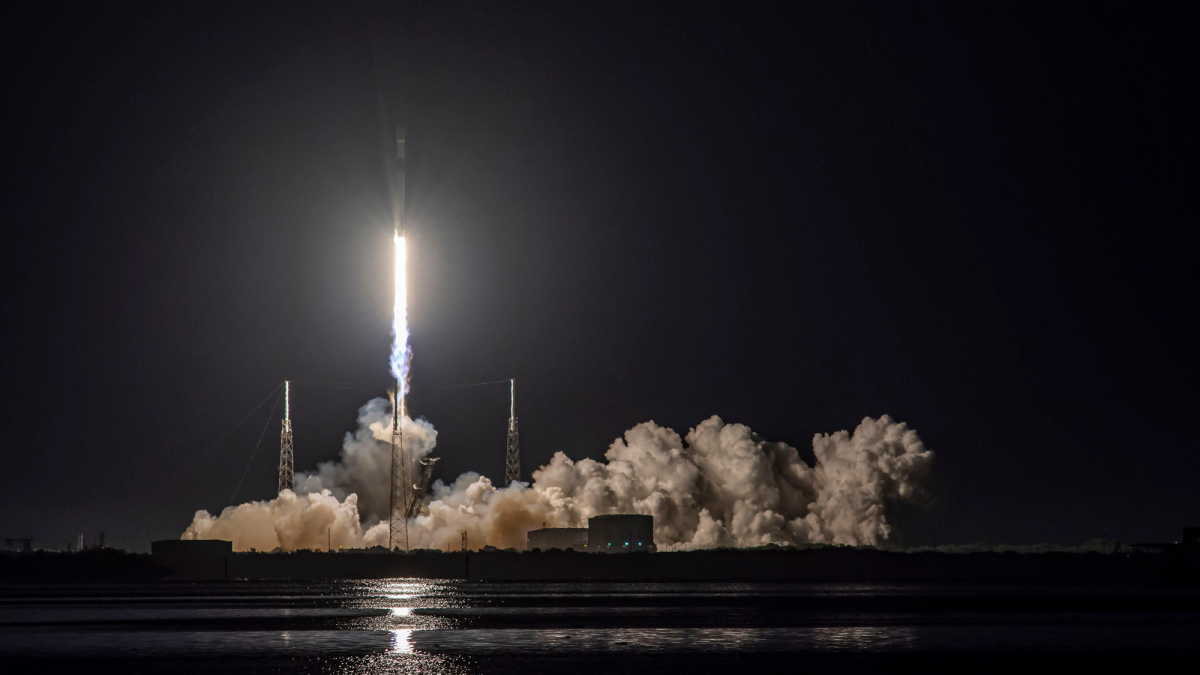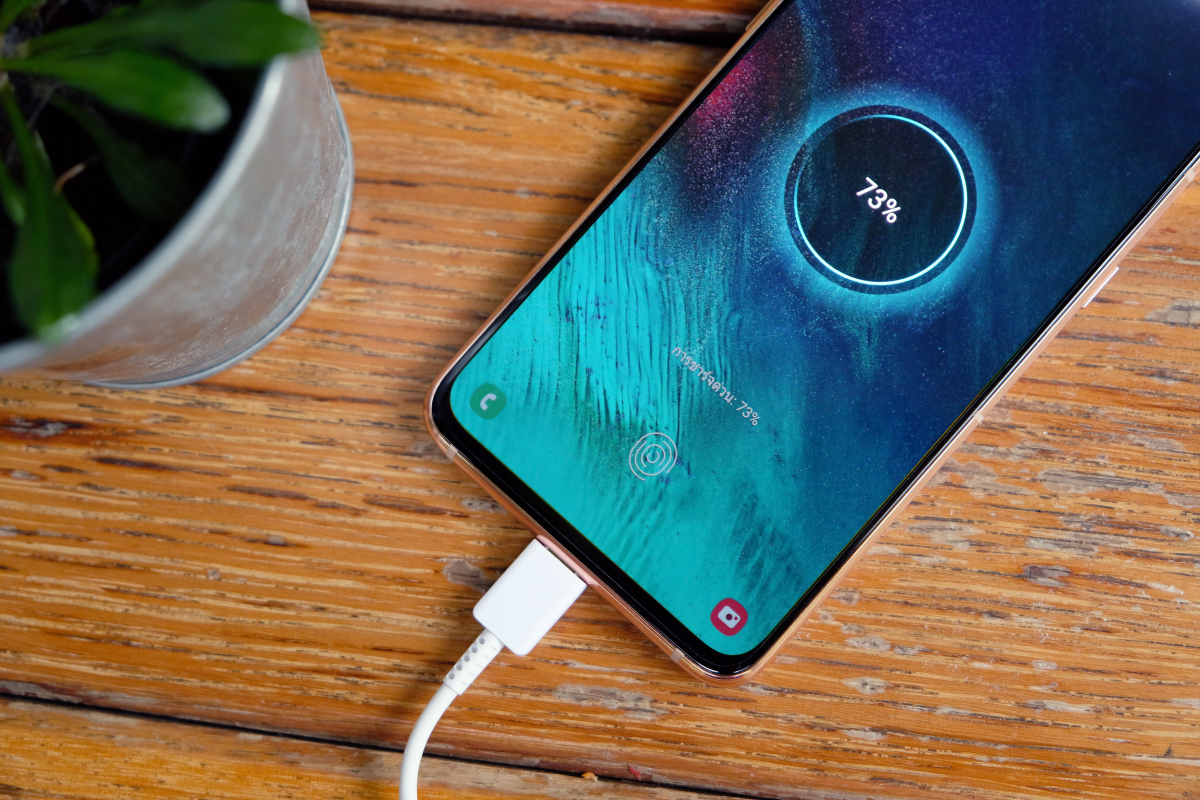Starlink expansion should continue in three weeks
SpaceX has not launched any new Starlink satellites into orbit since June. This is mainly due to the fact that SpaceX only wants to deploy the new generation with laser links.
Before the ongoing hiatus, SpaceX ran an aggressive launch campaign in the first half of 2021. The Starlink constellation now consists of more than 1,600 satellites. The satellite belt will be expanded by around 60 satellites per launch. There were four starts in May alone. The current approval allows SpaceX to expand the Starlink network to up to 4,408 satellites. Further expansion has already been applied for.
Contents
All satellites receive laser crosslinks
An essential feature of the satellite network was from the outset that the satellites can forward the data to each other via laser link. In this way, data transmission would not have to rely on ground stations, which is particularly important for areas in which no ground stations can be set up, but also generally reduces latencies in other respects. Because in case of doubt, the data does not have to be sent back and forth several times between satellites and earth in order to ultimately reach its destination.
In fact, SpaceX had not yet installed this feature. It was not until January 2021 that ten Starlink satellites with laser crosslinks were launched and put into polar orbit for the first time. In the future, SpaceX will only send satellites into orbit that have the laser link.
This fundamental decision is the reason that there was a pause in the launch of the broadband satellite constellation, said SpaceX boss Gwynne Shotwell at the Space Symposium in Colorado Springs, Colorado on August 24th. The next launch is expected in “about three weeks”.
The cost of the user terminal has yet to fall
Shotwell is still dissatisfied with the price of the user terminals. SpaceX still has to subsidize it heavily because the production costs are higher than “the average user can afford”. Before the service was introduced, SpaceX would have gotten a handle on all cost elements – except the cost of the user terminal.
However, the company is now on the right track here too. A new version of the user terminal will probably cut production costs in half by the end of the year. “And then we think we’ll be able to cut the costs in half again,” said Shotwell optimistically. The schedule could become problematic again due to the general shortage of semiconductors. The schedule of the satellite launches could also be influenced by a deficiency. Liquid oxygen, which is also required as fuel for rocket launches, is not always in abundance in the corona pandemic.



